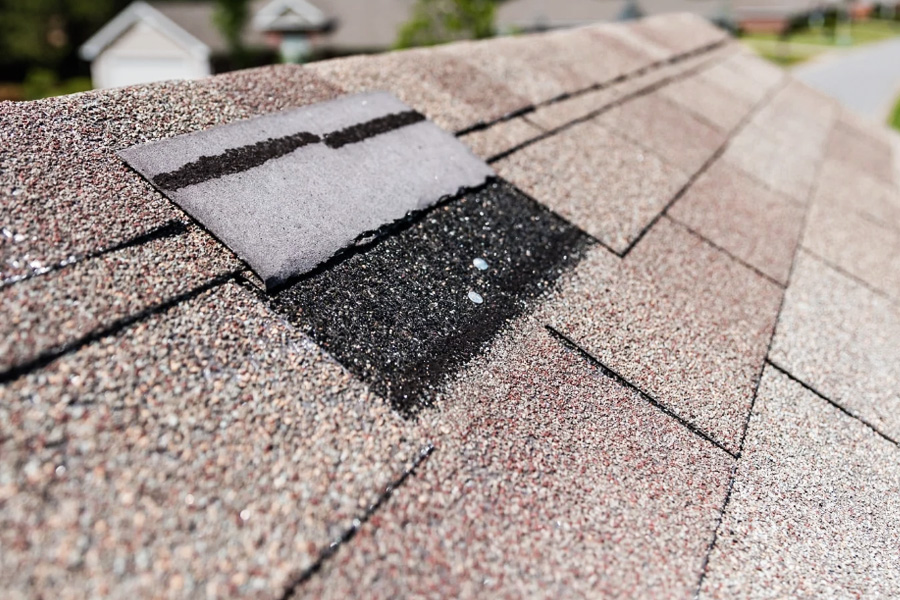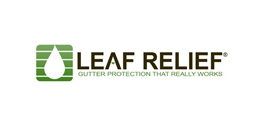Doing even a quick roof inspection is key to stopping big problems like water damage and leaks from happening. When you look over your roof, you might find problems like shingles that aren’t there anymore or areas that could get water damage. You can either check it out yourself or get a roofing company who knows about roofs to do it for you.
Preparing For A Roof Inspection
For checking out your roof by yourself, you really need some basic stuff. But if things look tricky or you’re not feeling confident about it, getting a pro is the way to go. They’ve got advanced equipment and the right safety gear to do a deep dive into anything that may be going on with your roof.
Tools & Equipment
If you decide to check out your roof by yourself, there are a few simple things you’ll need. With just a ladder, getting up close and personal with your roof becomes easier. For measuring stuff up there, don’t forget to grab a tape measure. And for keeping safe while doing it all? A pair of gloves and shoes that won’t slip easily (no flip flops). Oh! And having some great quality roof sealant around could be really useful if you spot small issues that can be fixed right then and there.
DIY Roof Inspection
Step 1: Safety First – Preparing Your Gear
When checking out your roof, staying safe is the most important thing.
Start with getting all the necessary stuff ready: wear strong shoes that won’t slip, gloves to protect your hands, and ideally a safety belt to keep you secure up there. Before heading up, make sure to look at the weather forecast so you don’t get caught in bad conditions. Use a reliable ladder that’s even on both sides and it’s always better to have someone there with you for help. For roofs that are really high or steeply angled, think about using a drone instead.
It’s super important to know all about how to stay safe before starting any inspection; this way you avoid accidents and can do a complete check-up of your roof.
Step 2: Visual Inspection From the Ground
Start off by taking a good look at your roof from far away to see how it’s holding up. Keep an eye out for clear signs that something might be wrong, like shingles that aren’t there anymore, any rust, or green patches of moss which could mean trouble.
It’s really important to pay extra attention to certain spots like where the roof meets other materials (that’s what we call flashing), the gutters along the edge of your roof, and those little openings called vents.
By being observant and using terms related to roofing problems such as water damage or areas where the color looks off, you can catch issues that might not jump out at you right away. Doing this first step of just looking carefully helps lay a solid foundation for figuring out if your roof needs more than just a quick glance.
Step 3: Checking the Gutters and Downspouts
When checking out your roof, it’s really important to take a good look at the gutters and downspouts.
Gutters are key in making sure water drains off properly so you don’t end up with water damage. You should watch out for any trash that might have piled up, rusting, or anything that could block them and cause water to collect on the roof instead of flowing away.
Keeping these parts working well is crucial for keeping your roof in top shape and steering clear of problems like leaks or even bigger structural issues. Focusing on these areas now can help you dodge expensive fixes later on.
Step 4: Inspecting the Roof Surface
When checking out your roof, it’s really important to take a good look at the surface.
You might want to use some cool tools like infrared gadgets or even a drone to spot problems that aren’t easy to see right away. Keep an eye out for things like shingles that are gone, any signs of water damage, moss starting to grow, or rust spots.
It’s also key to check how the flashing and gutters are doing and if there’s any obvious harm done to the roofing material itself. Don’t forget about giving the chimney, vents, fascia (that’s just fancy talk for certain parts of your roof edge), and anywhere that looks like it might be starting rot a once-over too.
Catching these issues early on by doing this detailed check can stop bigger headaches down the road. Make sure you do a real thorough visual scan and jot down anything sketchy so you can get another look at it later.
Step 5: Identifying Signs of Wear or Damage
Checking the top of your house is super important to spot any wear or damage.
Start by looking for shingles that aren’t there anymore, areas damaged by water, or cracks you can see with your eyes. With rust, rotting parts, or moss growing on it, these could be signs of bigger issues waiting to happen.
Don’t forget to look at the metal pieces around edges (flashing), the pipes for rainwater (gutters), air holes (vents), and where smoke comes out (chimney) for anything wrong.
Going into the attic is also a good idea because leaks, dark spots from water damage or unwanted critters up there might tell you something’s not right with your roof.
Make sure things like windows on your roof (skylights), boards along the edge of your roof (fascia), and pipes that carry water away from your house (downspouts) are all in tip-top shape so you know everything’s okay up above.
Professional Roof Inspection
When experts check out your roof, they’re on the lookout for things that might not be right, like shingles that aren’t there anymore, areas damaged by water, or parts of the roof getting old and worn out. They use cool tools like infrared gadgets or drones to get a really good look at what’s going on up there.
It’s super important for people who own homes to understand what these pros find because it helps them figure out if they need to fix something small or maybe even get a whole new roof. Knowing all about what’s in the report from this inspection means homeowners can take care of their roofs better and keep them in great shape.
What Do Professionals Look For?
When experts come to check out your roof, they really take a good look at everything to see how it’s holding up. They start by checking the quality of the work done on your roof. This means looking for any spots where things weren’t put together right, like shingles that aren’t tight or in place properly, gaps around those metal pieces that stop water from getting in (flashing), or places where stuff sticking through the roof isn’t sealed well.
With an eye on how long your roof might last, these pros will also spot signs of wear and tear. Things like shingles starting to crack or curl up at the edges, bits of roofing material coming loose, or metal parts wearing down can all hint that you might need some repairs soon—or even a new roof.
On top of this, they make sure everything was installed correctly in the first place. The materials used for covering your house have to be lined up just right and attached securely so they can do their job without any issues. All these checks help ensure that your roof is strong enough to protect your home as expected and lasts as long as possible.
Interpreting the Results of a Professional Inspection
Once you’ve had a professional roof inspection done, you’ll get a report that goes over what was found and what needs to be done next. It’s really important to go through this report carefully so you know if there are any repairs or upkeep needed.
With signs of damage spotted during the inspection, the report will tell you exactly what fixes are needed. This might mean swapping out broken shingles, fixing up the flashing, or taking care of any big structural issues. Getting these repairs done quickly is key to keeping your roof in top shape and avoiding more problems down the line.
On the flip side, if your roof looks like it’s in good condition from the inspection results, that’s great news! The report will not only make you feel good about it but also suggest some preventive steps to keep it that way longer. Doing regular stuff like cleaning out gutters and getting rid of debris can stop future troubles and help your roof last as long as possible.
Maintenance Tips Post-Inspection
After you’ve had a professional check your roof and fixed what needed fixing, it’s key to keep up with maintenance to make sure your roof lasts a long time. Taking care of small problems right away can stop them from turning into big ones.
To do this, you should regularly clean out the gutters, get rid of any trash on the roof, and look for any signs of damage. This helps spot issues early which means your roof will last longer. Also, by having regular inspections after bad weather conditions hit, you can catch damages early on and avoid spending a lot on repairs later.
Immediate Fixes You Can Do Yourself
While it’s usually best to call in the experts for big repair jobs, there are some quick fixes you can tackle on your own when small problems pop up. Here’s what you can do:
- For tiny cracks or spaces in the roofing material, using a sealant can keep water out.
- If shingles get loose, nail them down or glue them to stop wind or other weather conditions from pulling them off.
- Putting new shingles in place of any that are missing or damaged helps keep your roof strong and intact.
- Cleaning out gutters and downspouts is key to making sure rainwater flows away properly and doesn’t cause water damage.
When to Call in the Experts
While there are a few small fixes homeowners can tackle, knowing when to call the pros is crucial. For big problems or serious damage on your roof, you should always reach out to professional roofing companies. They’re equipped with the right know-how, experience, and tools to fix these issues safely and efficiently.
When you’re not sure about how bad the damage is or what repairs need doing, getting an expert opinion is a smart move. A pro from one of these roofing companies can take a good look at your situation and give solid advice on what steps to take next. With their skills in spotting any hidden problems and making sure necessary repairs are done properly, they help keep your roof in top shape.
Check Your Roof
Checking your roof often is key to keeping your house in good shape. By spotting problems early, you can avoid big repair bills later. You can look over the roof yourself or get a pro to do it, but either way, taking care of your roof before issues get worse can help it last longer and keep your home safe. Always put safety first when dealing with anything on the roof. Keep an eye out and stay informed; this way, your roof will keep covering you for many years ahead.




















